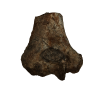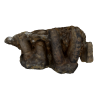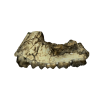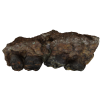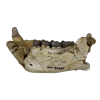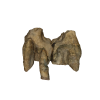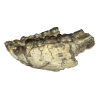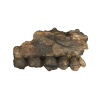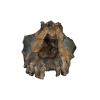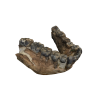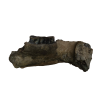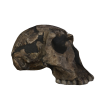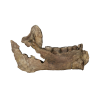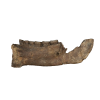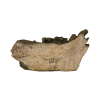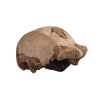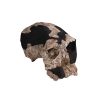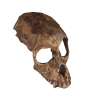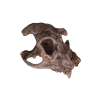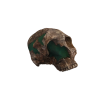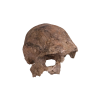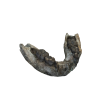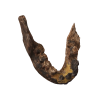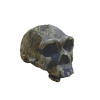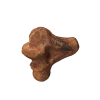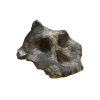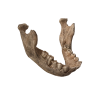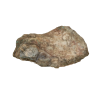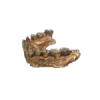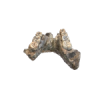This skull and mandible belong to the 1.6 million year old skeleton of Homo erectus found at Nariokotome on the west side of Lake Turkana, sometimes referred to as the “Turkana Boy” or the “Nariokotome Boy”. This discovery was made by Kamoya Kimeu, on a Sunday morning in August 1984. He was walking up a gentle slope on the southern side of the seasonal Nariokotome River when he spotted a matchbox sized skull fragment, which he recognized as belonging to a human ancestor. No one could have imagined that such a complete specimen would be recovered. As the excavation of the hillside progressed more pieces of skull, teeth, and then ribs began to be uncovered. This turned into one of the most exciting excavations of arguably the most important fossil discovered in east Africa.
Due to its completeness, this skeleton provides unprecedented insight into the body shape, brain size and development of Homo erectus. The Turkana Boy was surprisingly tall, 5’3” (1.6 meters) although he was still an adolescent. He had a slender body well adapted to living in hot climates. Homo erectus was the first human ancestor to migrate out of Africa 1.8 million years ago. Several specimens have also been recovered from sites in China, Indonesia, and Dmanisi in the Republic of Georgia.



